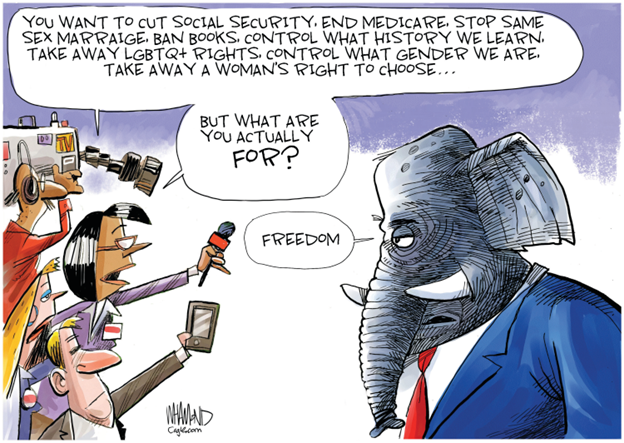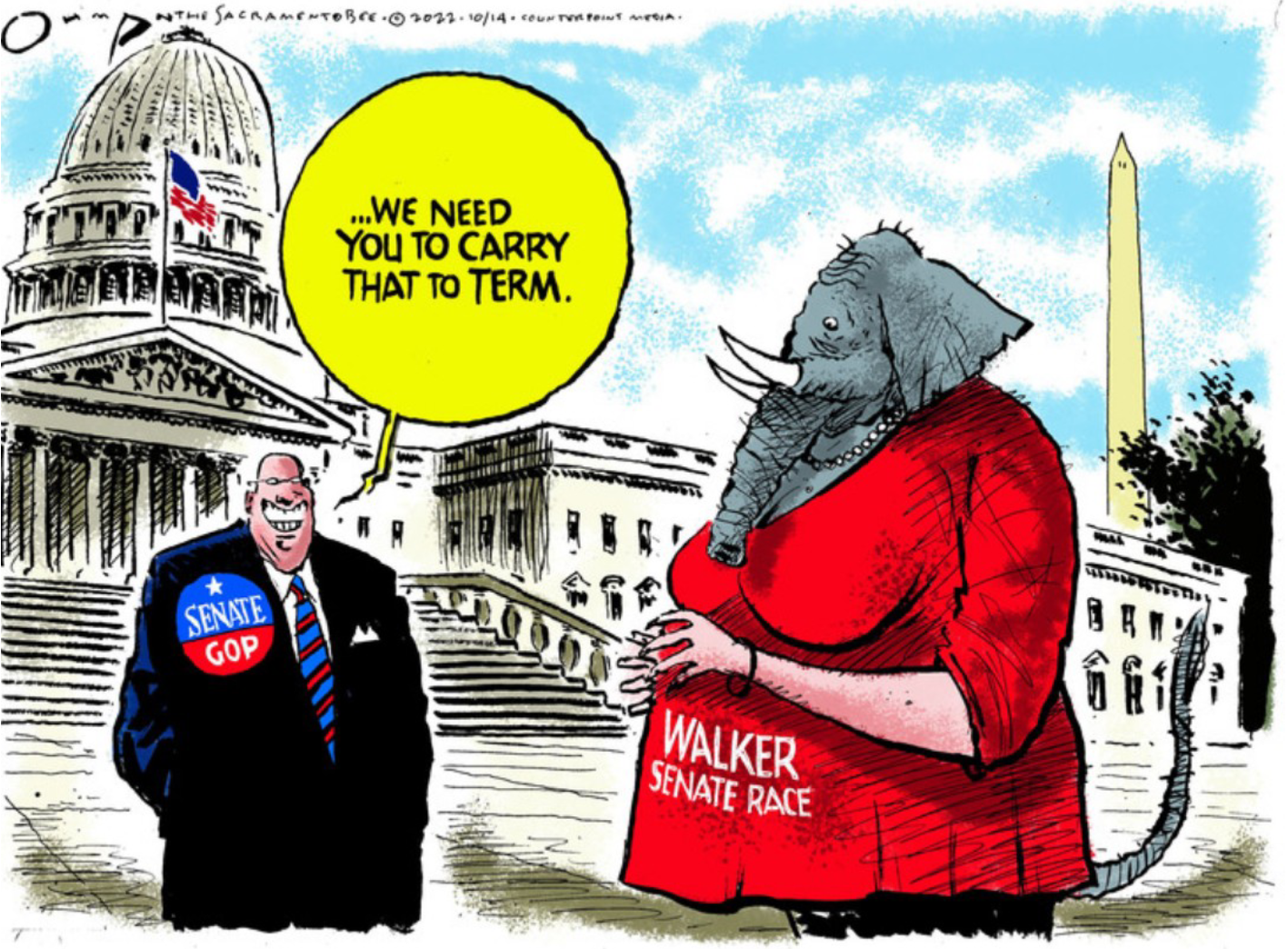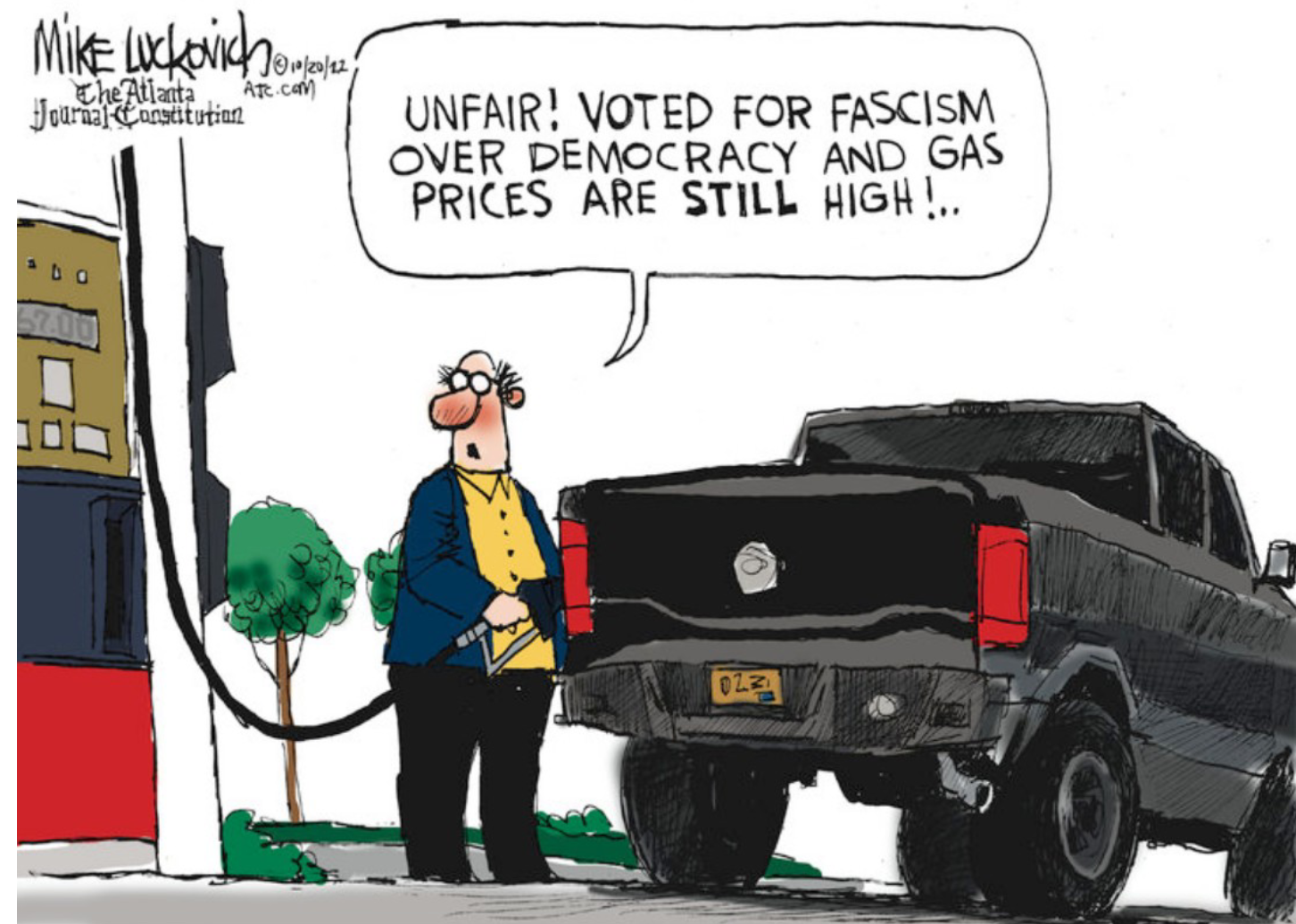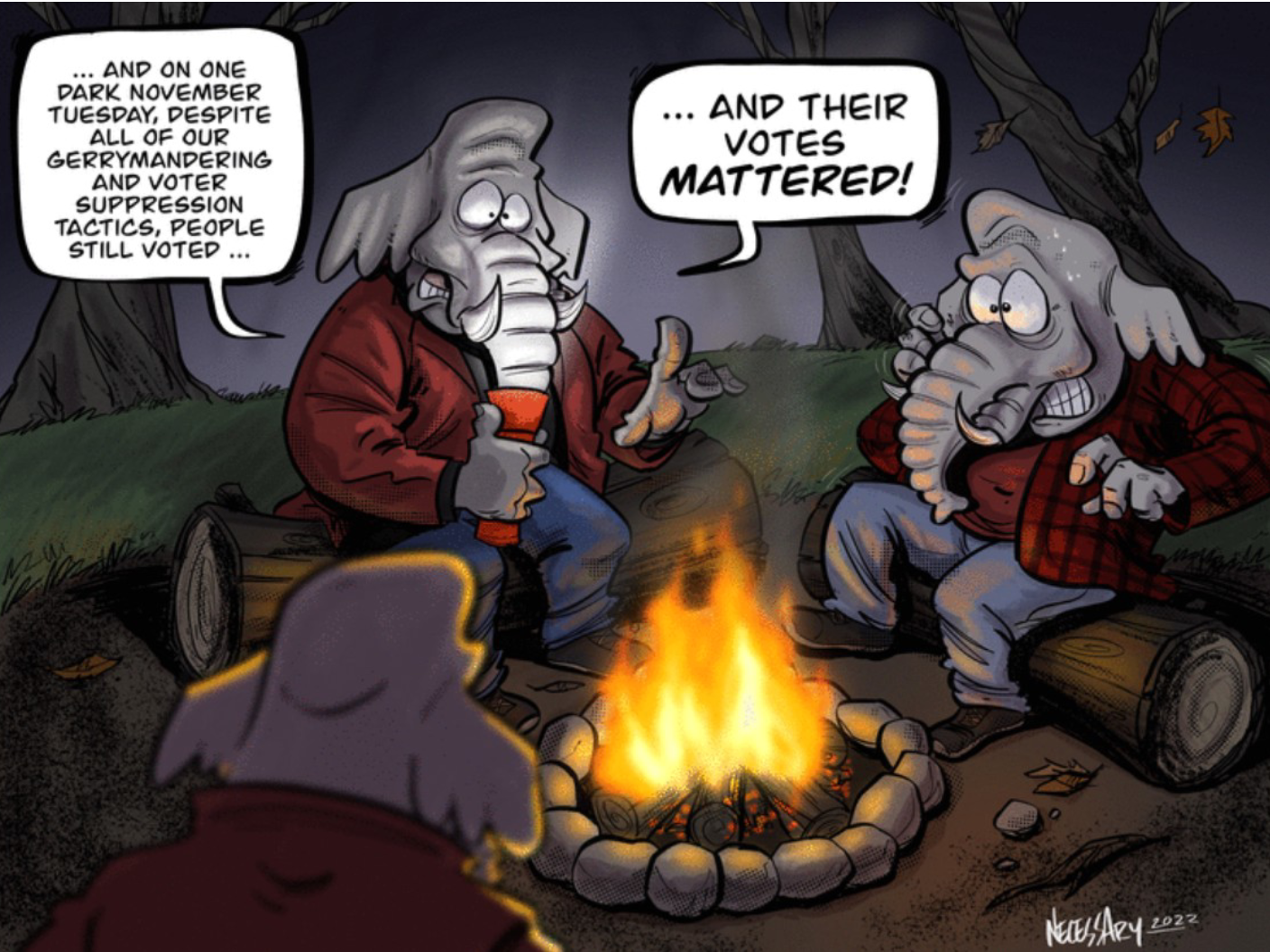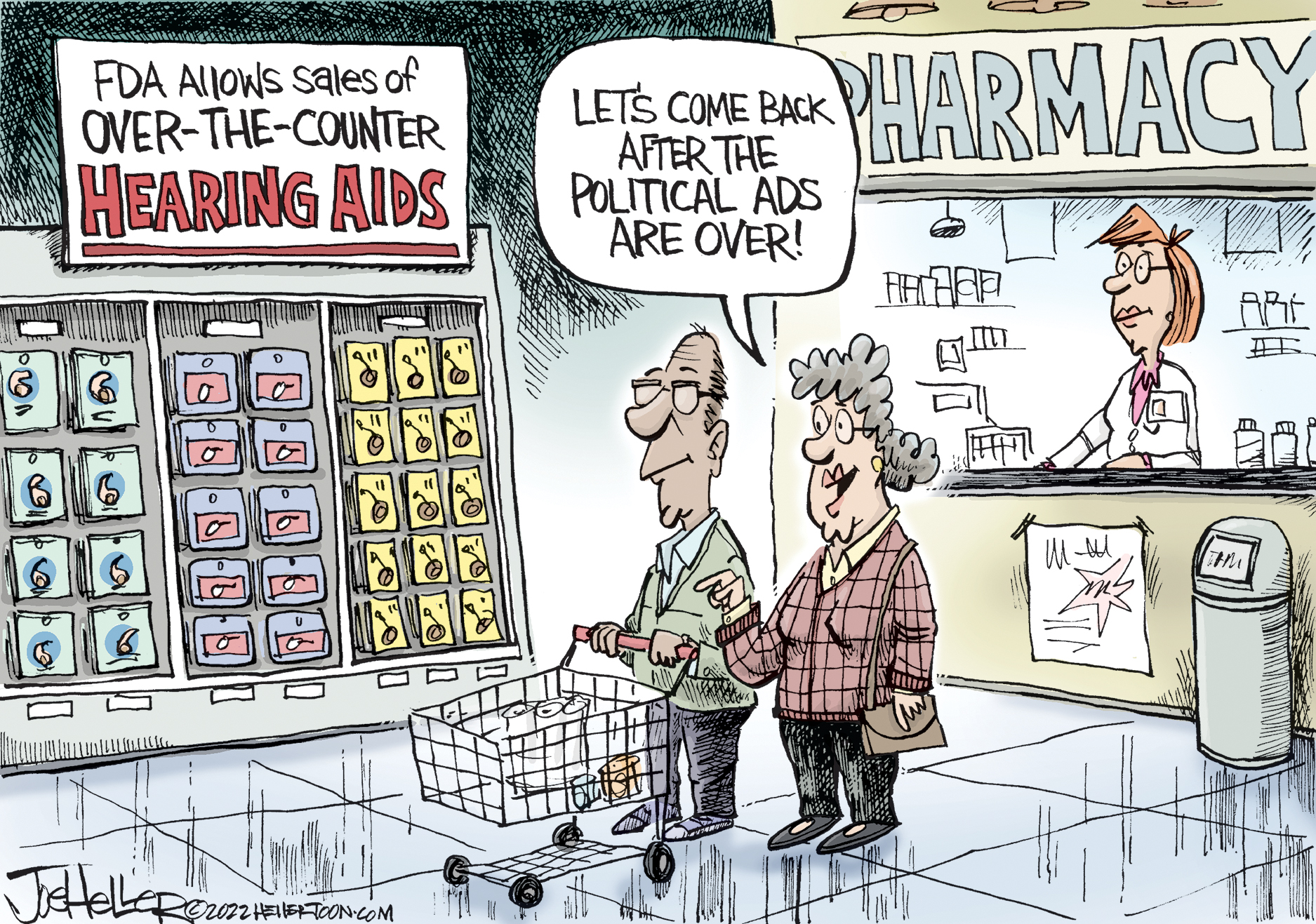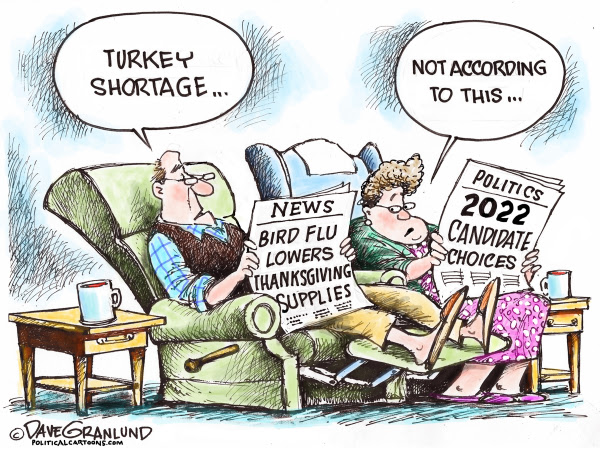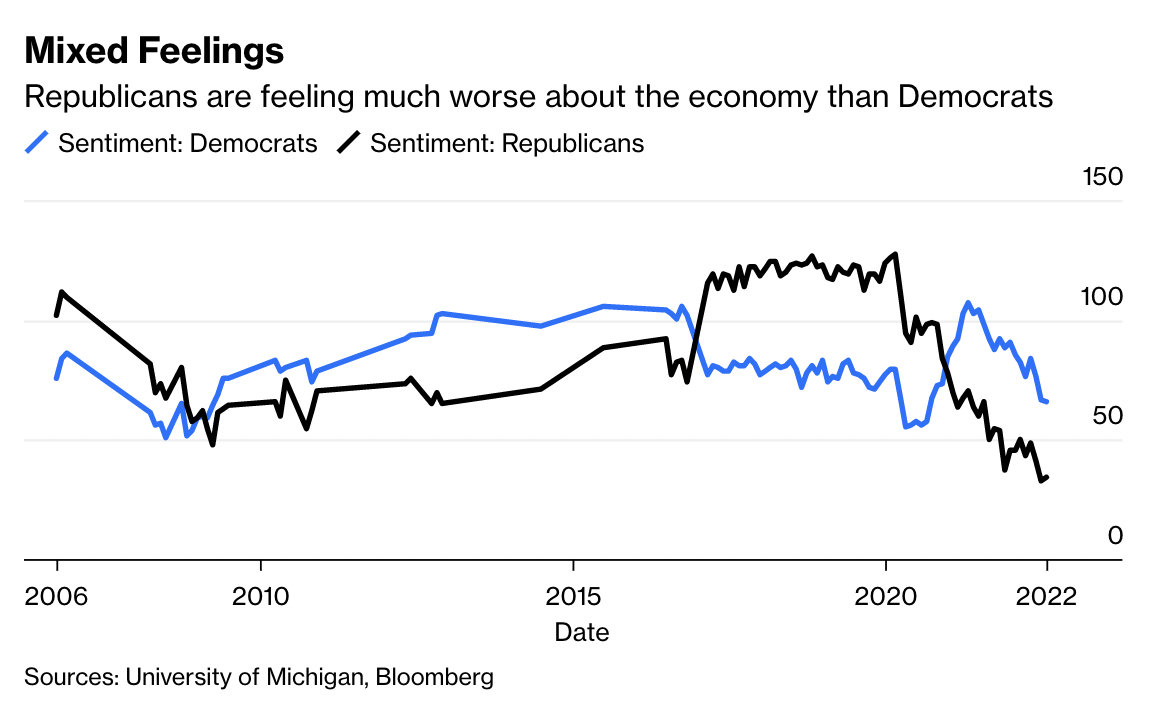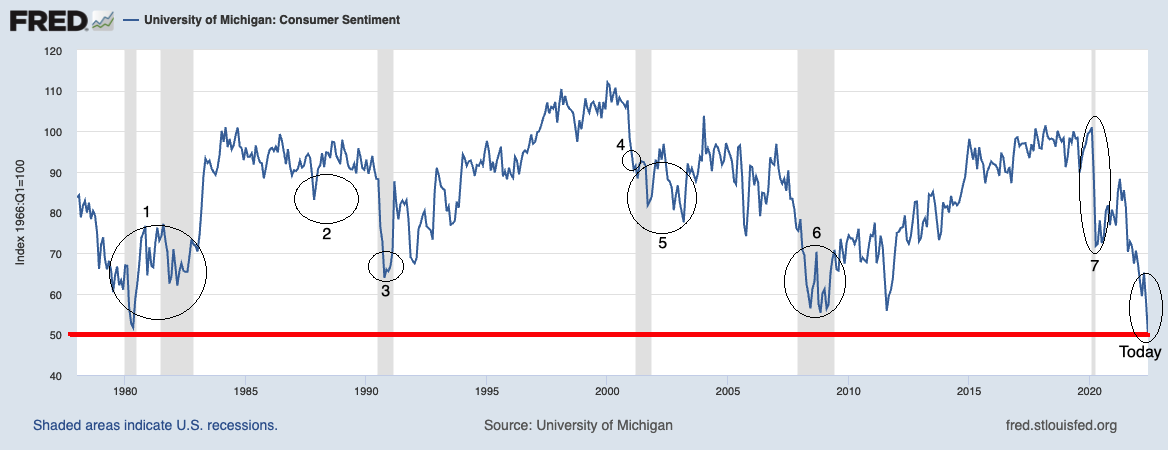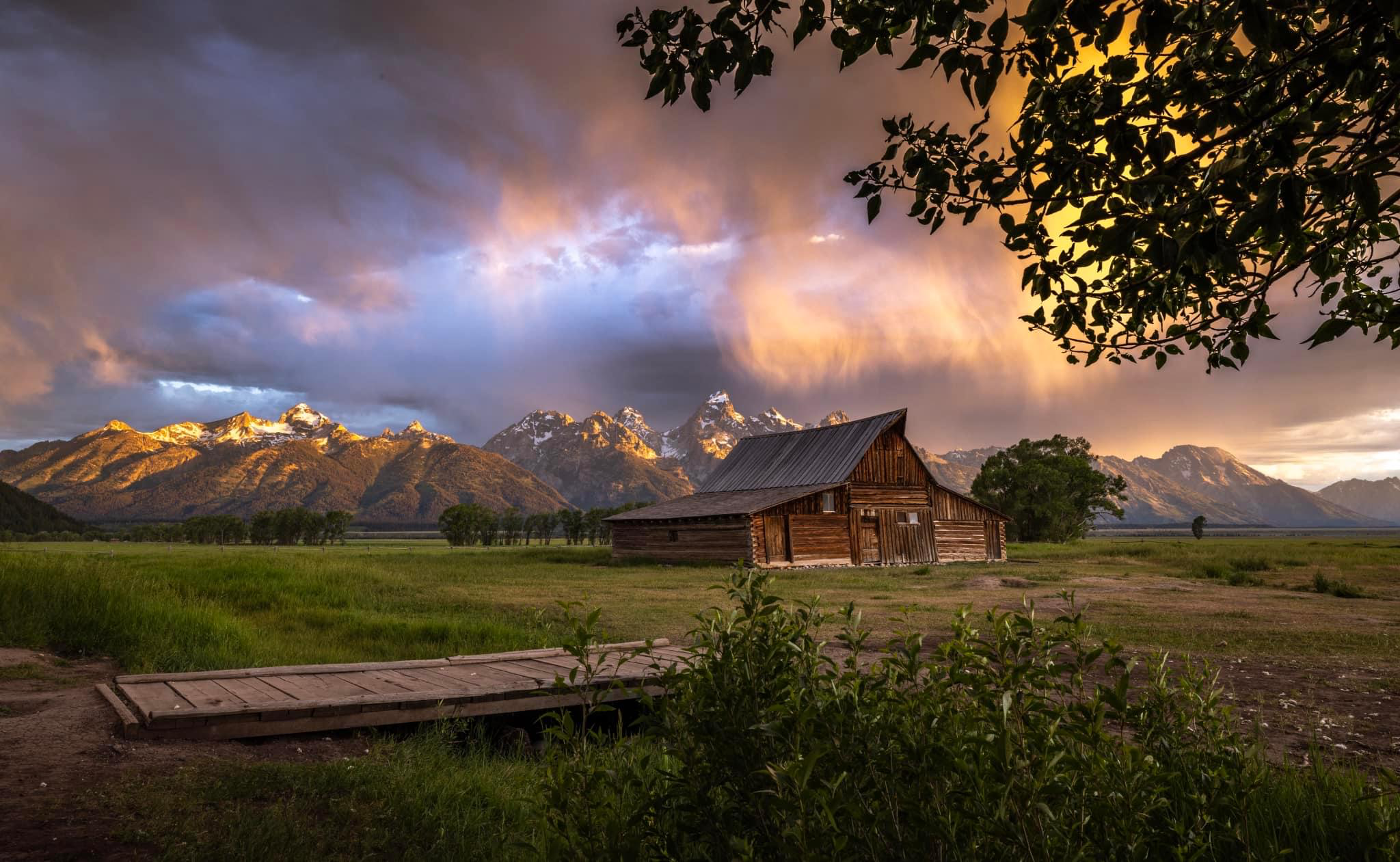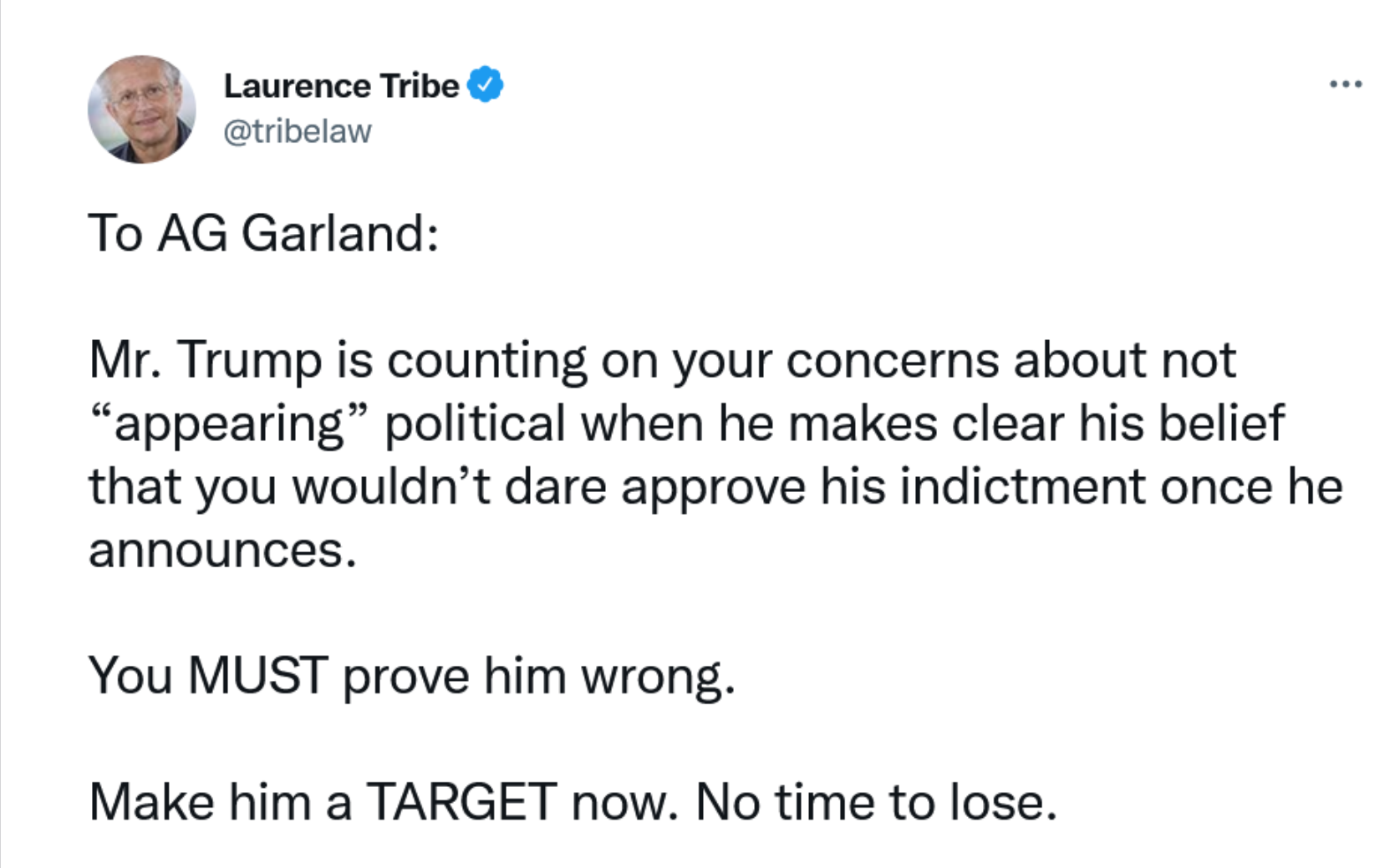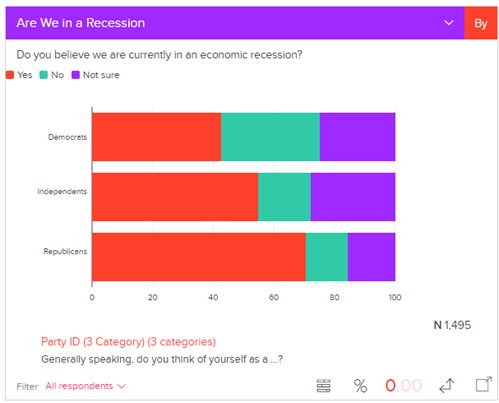The Daily Escape:

Suite, Bloomsbury Hotel, London England – October 2022 iPhone photo by Wrongo
This isn’t how Wrongo and Ms. Right usually travel. We landed in London after a two-hour delay taking off from Newark Airport in NJ. So we were pretty tired when we got to the Bloomsbury, our favorite hotel over here. That led to another two-hour delay because they didn’t have the room we had specified. So after a few curt words from Wrongo, and support from our friends at Goodspeed, we got this spectacular upgrade above. It’s about three times the size of the room we thought we were getting. We plan to enjoy it to the fullest.
The Bloomsbury Hotel began life in 1928 as a YWCA. It is located in the Bloomsbury district of London, on the same block as the British Museum and a short walk from the theaters in London’s West End. The Irish poet Seamus Heaney was a long-term resident of the hotel. He donated many first edition books to what is now named the hotel’s Seamus Heaney library. Our suite has a portrait of Heaney painted by Ann Witheridge in its entrance.
By the time you are reading this, Rishi Sunak is the UK’s newest Prime Minister. He’s the youngest UK PM since Napoleonic times. He is also the first PM of color in UK history. Nobody misses the departed Liz Truss, and most feel a sense of relief with Sunak, although it can be difficult to see much ideological difference between them. He’s a Brexiteer, and a pro-growth fiscal conservative at a time when inflation is rampant, and economic growth is low. Most citizens are shaking their heads about how they came to have a series of incompetent governments.
Sunak is also a laissez-faire true believer. He’s wealthy, and a solid Tory Party company man. We’ll see if a company man can turn his country around in the face of the ideological splits within the Tory Party, and the need to help the faltering UK economy.
Soaring inflation and increased government borrowing usually means a government must tax more. But the Torys are like the US Republican Party, believing that tax cuts resolve all economic problems. As expected, Sunak’s economic improvement plan relies on cutting the country’s debt while not lowering taxes. Their austerity plan won’t add jobs or cut inflation, so hang on for another wild neoliberal ride.
Our purpose in visiting London is to see plays. Sometimes they illustrate interesting social differences between Broadway and the West End. First, we saw “Get up, Stand up, the Bob Marley Musical”. The music was great as expected, but one difference was that the audience in the expensive seats in the front rows of the orchestra (called the stalls in England) was about 20% Black, something that you would rarely see on Broadway. Make of that what you will.
The second show we saw was “Marvellous”, a play about a person with disabilities who has an improbable and successful life. Neil Baldwin is a person who transcended learning difficulties to be awarded a British Empire Medal by HRH Queen Elizabeth II in 2019 and an honorary degree from a prestigious university.
With all the laughter and slapstick, you almost don’t notice the questions Marvellous raises about the terrible treatment of people with learning disabilities. We have the same problem in the US.
If you think we’re farther ahead, please consider the media’s reaction to stroke victim Democrat John Fetterman after his debate with Republican Dr. Oz. Axios delivered the conventional wisdom about someone who’s different:
”Capitol Hill’s reaction to the Pennsylvania Senate debate was brutal for Democratic nominee John Fetterman, from Democrats and Republicans alike.”
Axios went on to say that Fetterman struggled at times to respond to the moderators’ questions. So the narrative became someone with a career as a glib television star vs. a big bear of a guy who is recovering from a stroke.
A snake-oil salesman vs. a guy who actually has experience in governing and politics. And who does our worse than shit media say looked bad? The guy with aphasia.
Obviously, because he isn’t like the rest of us.
Our media, which normally covers debates solely to promote the zingers, managed to overlook the one good zinger in the Fetterman/Oz debate. From Fetterman:
“Why don’t you pretend that you live in Vermont, instead of Pennsylvania, and run again against Bernie Sanders? Because all you can do is talk about Bernie Sanders.”
Because of Fetterman’s aphasia, there were times when he didn’t answer questions very well. Because of Oz’s dishonesty, there were times when he didn’t answer questions at all.
Fetterman can overcome his aphasia and serve PA well in the US Senate. Oz will never be anything but a con man.
From 3,500 miles away, it increasingly looks like the fate of American democracy rests on a few contingent events coming out the right way on November 8.
Sure would be helpful if the media played it straight.

